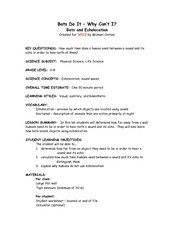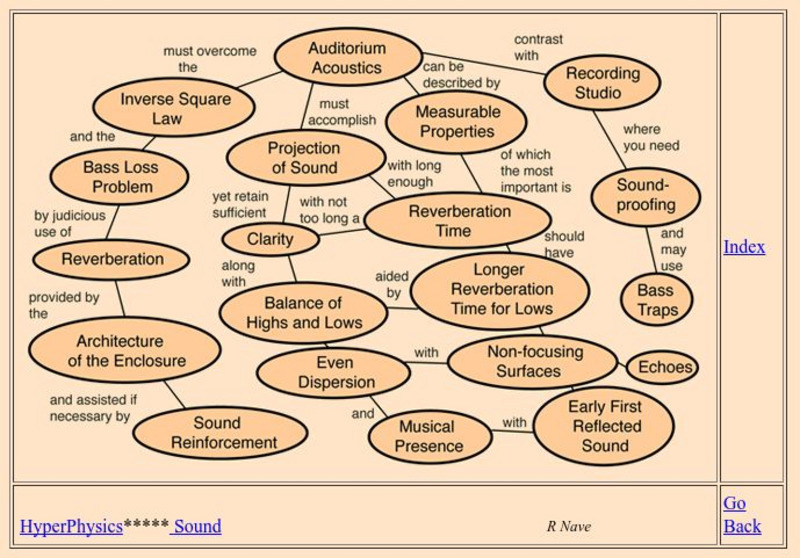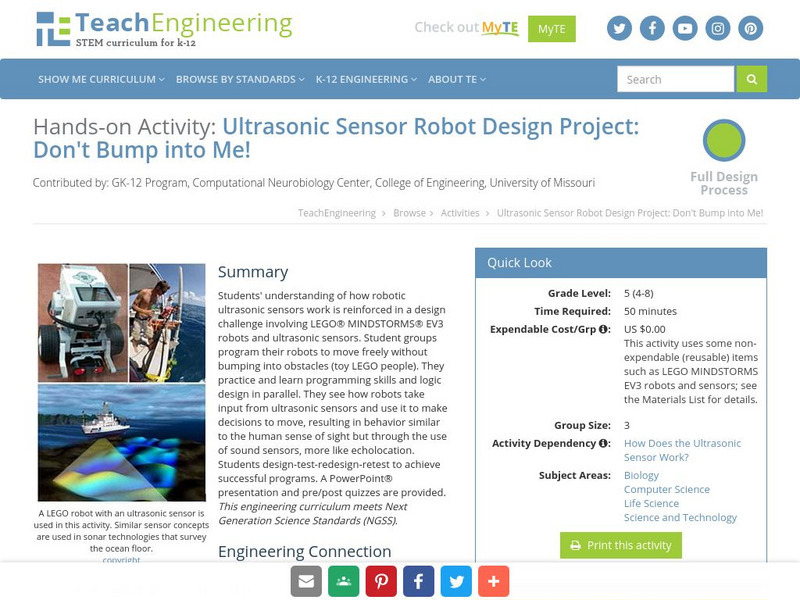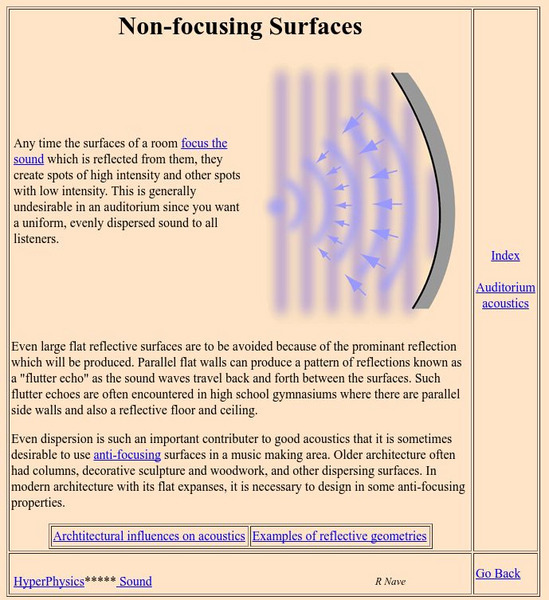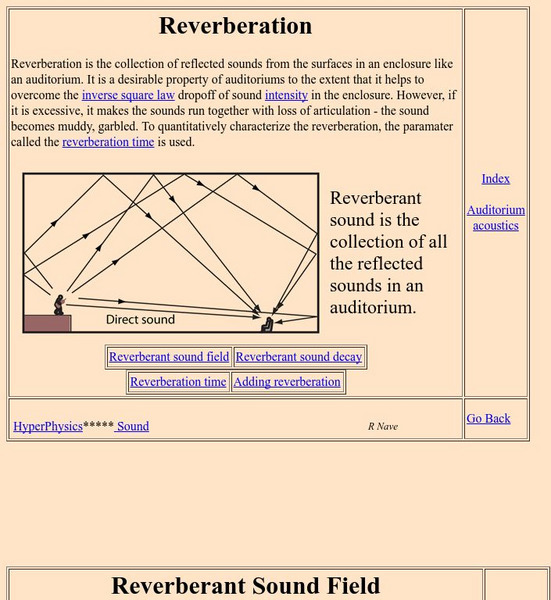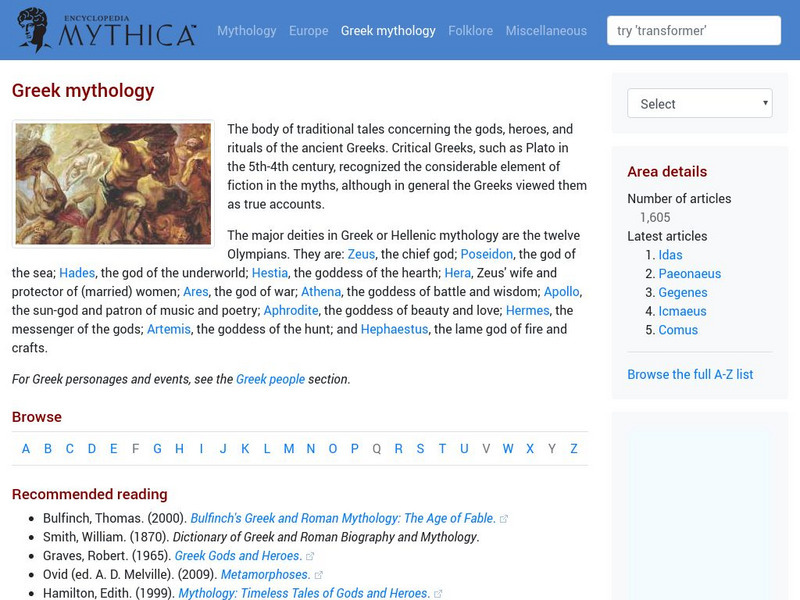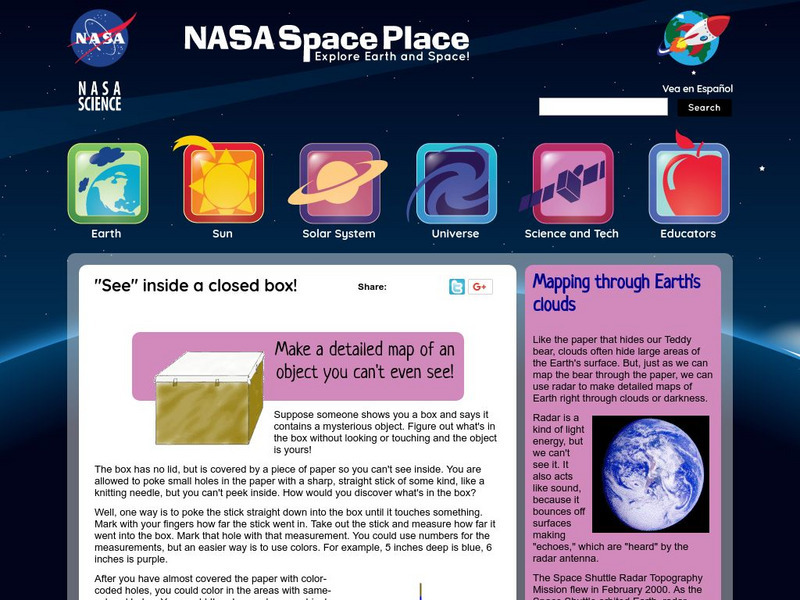Curated OER
Flip and Flop: An Adaptation Through Dancing Echoes with Shapes and Locomotor Movement
Dancers practice echoing through dance. They listen to a story "Flip and Flop" and then are put into pairs. One partner is Flip, while the other is Flop. Flip creates a shape by dancing, and Flop, the other student, echoes that shape by...
Curated OER
Bats Do It-Why Can't I?
Students explore echos and how they are utilised in navigation. In this sound lesson students calculate the amount of time between a sound and its echo.
Curated OER
Super Sonar
In this echo lesson plan, students create echos using rubbers balls and a chair to simulate animals finding out where they are. Students follow 3 sets of directions and answer 2 questions.
Curated OER
Sound
Students complete a unit to learn about sound; students include multiplication and division problems along with rate problems. In this sound lesson, students complete 7 separate lessons with multiple activities to learn about sound.
Curated OER
Internet Dictionary Search-Hearing
In this hearing worksheet, students use a given internet site to find the definition and the part of speech for 9 terms related to hearing and sound.
Curated OER
What Shape Is It?
Students predict the shape of an unknown object by bouncing a ball on it. In this physics lesson, students relate this activity to how dolphins use echo-location to navigate. They analyze their lab result and discuss findings.
Curated OER
How Does Sound Behave?
In this sound worksheet, students will brainstorm the cause and effect of sound and how sound behaves in different situations. Students will complete a graphic organizer.
Curated OER
Voices Together Listening
In this music worksheet, students listen to five pieces of vocal music. They identify and describe each of the pieces heard and select the one feature that best matches the music listed.
Curated OER
Melody
Pupils identify what melody is and the different value and pitches in songs with similar notes previously sang in class. Then they apply this knowledge to a new song learned by echo singing. Students also listen for a starting pitch and...
Georgia State University
Georgia State University: Hyper Physics: Auditorium Acoustics
Home page for a hypertext physics course on auditorium acoustics and acoustical design.
TeachEngineering
Teach Engineering: Don't Bump Into Me!
Students' understanding of how robotic ultrasonic sensors work is reinforced in a design challenge involving LEGO MINDSTORMS NXT robots and ultrasonic sensors.
TeachEngineering
Teach Engineering: How Does an Ultrasonic Sensor Work?
Students learn how ultrasonic sensors work, reinforcing the connection between this sensor and how humans, bats, and dolphins estimate distance.
PBS
Pbs Learning Media: Storytelling: Performance and Art
Students explore how stories can be told without words, such as through performance and art. This is one of four storytelling lessons.
PBS
Pbs Learning Media: Storytelling: Oral Traditions
Students talk about what makes a good story, look at the oral tradition of storytelling, and compare and contrast stories from two different cultural traditions. This is one of four storytelling lessons.
Georgia State University
Georgia State University: Hyper Physics: Architecture for Acoustics
A physics tutorial on designing an auditorium and solving the problem of sound reflection. Illustrated.
Georgia State University
Georgia State University: Hyper Physics: Non Focusing Surfaces
This hypertext physics course tutorial on nonfocusing surfaces relates various design principles to good auditorium design. Illustrated.
Georgia State University
Georgia State University: Hyper Physics: Reverberation
A tutorial from a hypertext physics course book that discusses reverberation. Illustrated.
PBS
Pbs Teachers:borneo: A Batty Mapping Method
Explore how bats use echolocation to find prey by using echoes to map the direction and distance to various echo sources in their surroundings. Determine the minimum distance at which an echo can be heard and the distance to an echo source.
Other
The University of Salford: Sounds Amazing
This site has several lessons all about sound. It introduces sound, then covers major principles of waves and the wave equation. Each lesson has interactive activities to keep you interested, and there are even some test questions.
Bartleby
Bartleby.com: Bulfinch's Mythology: The Age of Fable
Bulfinch's collection of Greek and Roman myths is available here in full text format. A little known feature of this work is its sections on Eastern mythology, Northern mythology and a section on Druid religion.
Scholastic
Scholastic: Study Jams! Science: Energy, Light and Sound: Sound
A video and a short quiz on how sound travels in waves, its properties, and how to measure it.
Encyclopedia Mythica
Encyclopedia Mythica: Greek Mythology
Encyclopedia Mythica offers a comprehensive resource on Greek mythology. Content includes a look at the principal gods, Zeus's consorts and offspring, the descendants of Prometheus, and much, much more. Click on "browse articles" for a...
NASA
Nasa: Probing Earth Through the Clouds
This site from the National Aeornautics and Space Administration provides a fun activity for the subject. "Clouds often hide large areas of the Earth's surface. We can use radar to make detailed maps of Earth right through clouds or...



